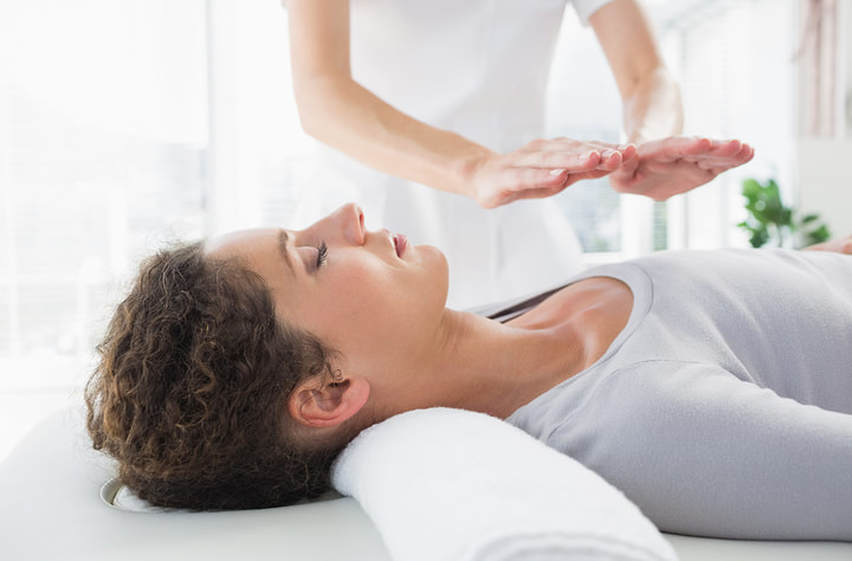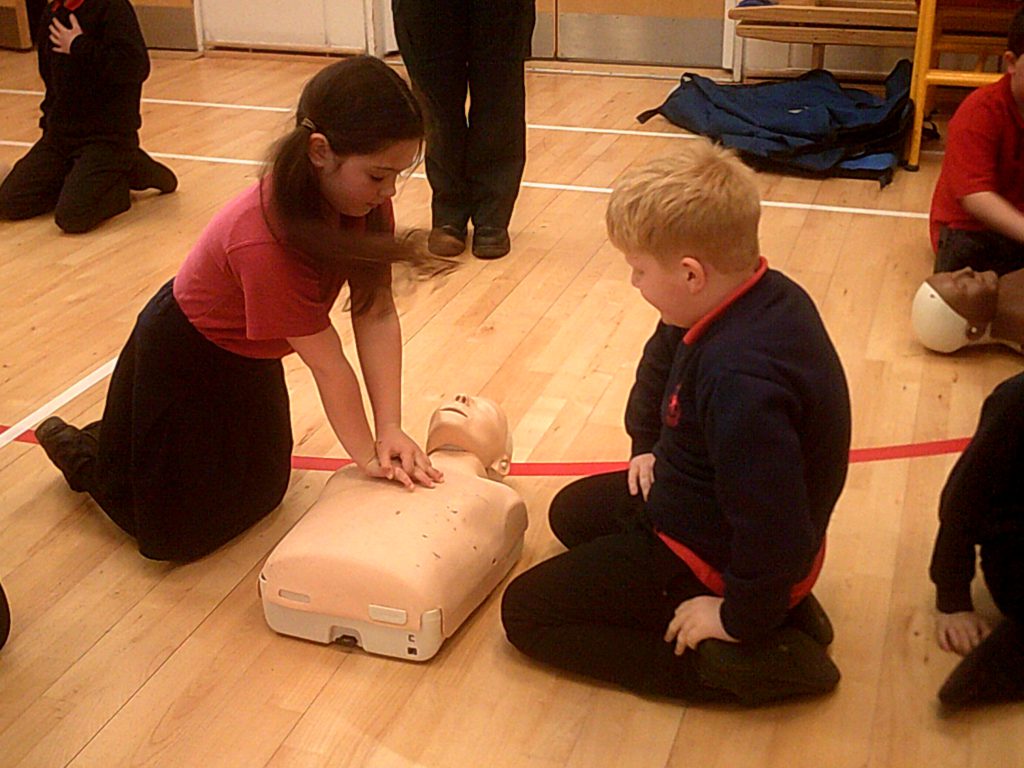The Healing Touch of Reiki: Understanding Its Benefits and Practice
Reiki, a form of energy healing that originated in Japan, has gained significant attention for its role in pain management, stress reduction, and overall wellness. As a complementary therapy, Reiki works alongside traditional medical treatments, offering a holistic approach to health and healing. In this article, we’ll delve into the benefits of Reiki, how it works, and what one can expect from Reiki certification and practice.
An online Reiki course offers individuals the opportunity to delve into the ancient practice of energy healing from the comfort of their own homes. Through a combination of video lectures, instructional materials, and interactive exercises, participants can learn the principles and techniques of Reiki at their own pace
What is Reiki?
Reiki is a healing technique based on the principle that a therapist can channel energy into the patient using touch or no touch, activating the natural healing processes of the patient’s body to restore physical and emotional well-being. It is sometimes referred to as biofield therapy and is known for its gentle approach, which involves the transfer of universal energy from the practitioner’s palms to the patient.
The Benefits of Reiki
Pain Management
One of the most significant benefits of Reiki is its ability to manage pain. Studies have shown that Reiki can decrease pain perception by addressing the emotional aspects of pain, which in turn can increase pain tolerance. Reiki has been used in various medical settings, including during colonoscopies, abdominal hysterectomies, and cancer treatments, to alleviate anxiety and pain, reduce fatigue, and even help reduce depression.
Stress Reduction and Relaxation
Reiki promotes deep relaxation and stress reduction, which can lead to improved mood and a better sense of well-being. The calming effect of Reiki can also contribute to better sleep patterns and improved insomnia symptoms.
Enhanced Quality of Life
For those dealing with chronic conditions such as cancer, Reiki has been found to enhance the quality of life. Patients have reported improvements in sleep, self-confidence, and depression levels, as well as a sense of calm and inner peace.
Mood-Boosting
Reiki sessions have been associated with mood improvements, particularly in relieving symptoms of anxiety and depression. The practice is believed to stimulate the body’s natural healing abilities, leading to a more positive outlook.
How Reiki Works
During a Reiki session, the practitioner places their hands on or just above the body, to facilitate the person’s healing response. The belief is that Reiki energy can stimulate the body’s natural healing abilities. While Reiki does not directly cure diseases, it is used to manage symptoms and improve general well-being.
Reiki Certification and Practice
Becoming a Reiki Practitioner
The path to becoming a Reiki practitioner varies, as the profession is only loosely regulated. However, there are generally recognized levels of Reiki training—Reiki I, II, and Master—each requiring more in-depth understanding and practice. Certification can be obtained through various Reiki education companies and professional organizations like the International Association of Reiki Practitioners (IARP).
The Role of a Reiki Master
A Reiki Master is someone who has reached the highest level of Reiki training and is capable of teaching Reiki to others. This level of practice requires a deep understanding of Reiki techniques, history, and the transfer and balance of energy. Reiki Masters are also responsible for performing attunements, a process that opens a student’s body to channel Reiki energy.
Conclusion
Reiki offers a non-invasive, safe, and holistic approach to healing and wellness. With its growing popularity in pain management and stress reduction, Reiki serves as a valuable complement to conventional medical treatments. Whether you’re seeking relief from chronic pain, looking to reduce stress, or are interested in pursuing Reiki certification, this healing practice provides a pathway to improved health and a balanced life.






